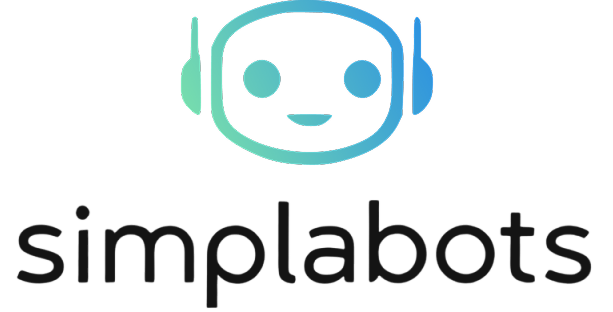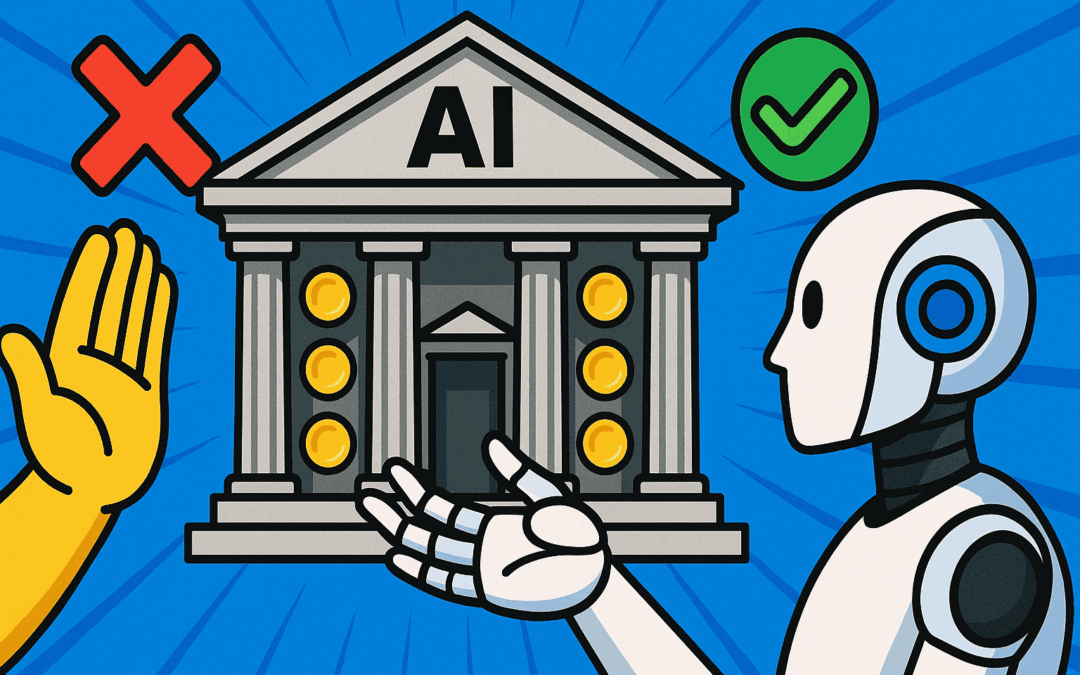India has launched a pilot program that integrates advanced AI chatbots featuring models like ChatGPT, Google Gemini, and Anthropic Claude—to enable conversational e-commerce experiences for consumers.
This initiative represents a significant milestone in generative AI’s practical deployment, signaling broader implications for AI adoption in real-world, high-stakes industries.
Key Takeaways
- India’s government-run pilot brings ChatGPT, Gemini, and Claude into a unified e-commerce interface for millions of users.
- The project underscores global momentum toward generative AI integration in digital public services and commercial platforms.
- Developers, startups, and AI professionals see new avenues for building domain-specific agents and scaling AI experiences in emerging markets.
India’s AI Commerce Initiative: A First-Mover Advantage
The Indian government’s pilot, led through the ONDC (Open Network for Digital Commerce) framework, aims to let users interact with e-commerce platforms using natural language—directly through WhatsApp, voice assistants, and other chat-based channels.
By leveraging large language models (LLMs) including OpenAI’s GPT, Google’s Gemini, and Anthropic’s Claude, this initiative harnesses multiple leading AI systems, setting a precedent for large-scale, interoperable deployments.
This pilot demonstrates how generative AI can transcend the role of a digital assistant and drive end-to-end commerce experiences for a billion-plus market.
Global Context and Industry Implications
India’s approach reflects broader global trends noted by Reuters and Bloomberg, with governments and enterprises accelerating AI chatbot adoption for public and consumer-facing services.
Players like Flipkart and Amazon already use generative AI features for product recommendations, but India’s pilot stands out for its use of open networks and simultaneous deployment of multiple best-in-class LLMs.
Multi-model integration offers lessons on LLM interoperability, transparency, and the need for robust evaluation benchmarks in real-world AI applications.
Analytical Insights: What This Means for Startups and AI Builders
This move redefines best practices for deploying LLMs at population scale. Developers can learn from ONDC’s model, where APIs route queries to different AI agents and enable vendor-agnostic orchestration.
Emerging LLMOps techniques—such as prompt chaining, model arbitration, and context management—are now vital for seamless user journeys.
For startups, India’s experiment opens opportunities in building AI-driven commerce agents, plug-ins for vernacular languages, and safeguards for ethical retail AI. Multi-LLM environments will require comprehensive monitoring, bias checks, and continual performance tuning.
Real-World Impact: Broader Access, New Business Models
With India’s digital infrastructure supporting over 800 million netizens, even modest success in this initiative will multiply use cases in banking, healthcare, education, and more—especially for under-served, non-English-speaking users.
Generative AI’s deepening role in “public digital rails” signals an imminent step change in how citizens, regulators, and entrepreneurs approach AI as both a utility and a business catalyst.
AI-driven commerce in India could redefine the user experience for billions—validating LLMs’ promise as infrastructure, not just as consumer-facing apps.
Looking Ahead
As the pilot progresses, results will inform design patterns for scalable, ethical, and pluralistic AI systems worldwide. Developers, product managers, and AI startups should carefully watch user engagement, model efficacy, and regulatory responses in this cross-LLM commerce rollout.
India’s proactive collaboration with global AI labs and focus on open, standards-based integration mark a new benchmark for responsible, innovative generative AI deployment in the real world.
Source: TechCrunch











